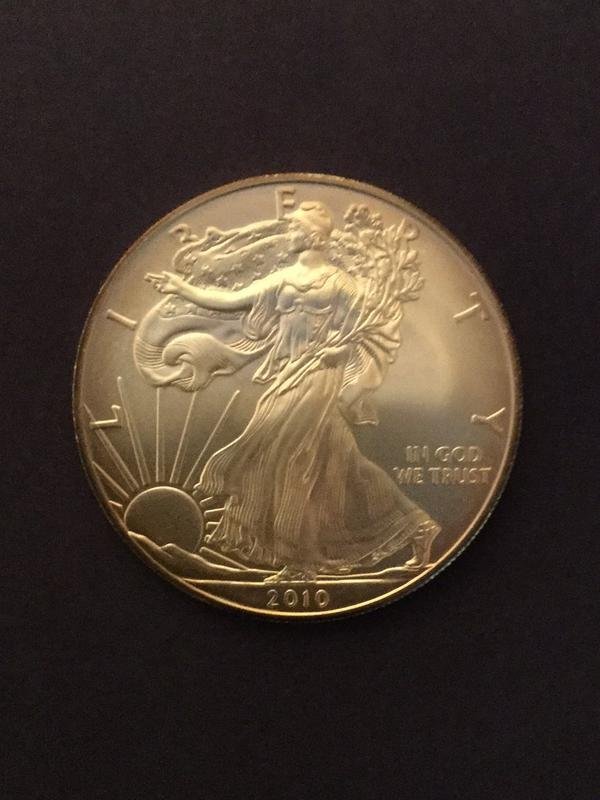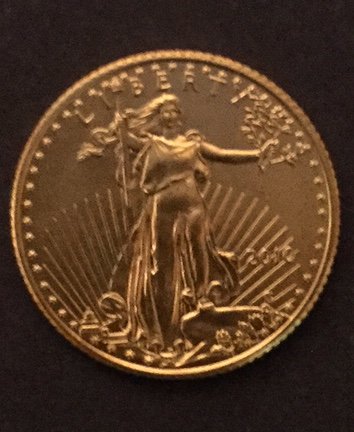The Strategy behind my Exchange Series reports

From my perspective, we're entering the Crypto Boom. It may alter our economic ability even more radically than the internet has, and over a shorter period of time. It's ability to create an open and honest digital environment will be a very valuable tool that can get applied many different ways.
It's also something new which means there are many opportunities for mistakes and errors. This same risk is present in the legacy stock market, although to a much lesser degree. Cryptocurrency and the Digital Assets that I discuss are speculation and I expect some will fail, to some extent at least.
I understand the risk in these markets and in this blossoming industry, but I also see the potential and I know the tools the blockchain economy gives us can bring about that better world everyone wants but nobody can figure out how to make. That's a very powerful possibility and things like that are never without risk.
I don't want to just ignore that risk and be oblivious to the dangers it brings, but I'm not going to sit this one out either. A surfer doesn't stay out of the ocean because there could be a shark. I've never surfed before, but I think that analogy would be very appropriate to how I view the digital asset markets.
Cryptocurrency prices rise and fall in spectacular fashion. The December spikes and the January/February crash are features of the markets, not a risk that could be avoided. HODL (Hold On for Dear Life) is a battle cry of the crypto veterans who have lived through these events a handful of times before. Generally we hoot and holler when the markets are going up but we tend to go back to the physical world when the crashes come. Those are farts we don't care to smell more than we already have, we know they'll pass.
There is also a risk of being to heavily invested in a single coin. I mentioned we're in the beta phase of the digital asset markets, but it bears repeating. Shit can happen, it has before and it will again. Thieves exist and the smart ones value a bitcoin even more than they do credit card information. If you have all of your loot in one location or kept behind some weak password that is also a risk.

In the digital asset world projects like Crypto-Bridge (BCO), COSS, & Kucoin (KCS) are the equivalent of mutual funds. The investments you make into these coins work to accumulate dozens of different coins for you. And because they are enabled by the blockchain, they are far superior to the mutual fund idea in several distinct ways.
Crypto-Bridge is a decentralized exchange, meaning there is no central authority running it which could confiscate or restrict your assets. This is the big boy end of the swimming pool and you have to be sure can keep your passwords and account credentials secure before you get on this exchange, there is no account recovery or help desk to call if you can't remember how to login. This is a feature of the exchange, it is the cost of protecting privacy and ensuring uncensored access to the markets.
COSS is a fee sharing exchange, but it is also a payment gateway for business. It will try to become a major on ramp of traffic from the old fiat financial system into the new cryptocurrency system, and it's coins will earn revenue from all of those transactions for as long as the business is running. This will become one of the most valuable financial services sectors to grow out of the Crypto Boom, there are more than a few coins that represent projects working in this field, but COSS is the only one I've found that pays coin holders 50% of earnings.
Kucoin is the most popular of the three by a large margin. It's on the cusp of being a top 20 exchange and it's only a few months old. It's tokens earn a variable rate, with the lowest being 15% of earnings getting distributed to coin holders. It's coin will also become the fuel that runs a decentralized exchange where users are able to set their own pairs.
All three of these coins have something in common. That being they allow coin owners to accumulate dozens and dozens of different coins that get traded on their platforms. Crypto-Bridge trades over 60 different coins currently, COSS over 40, and Kucoin over 100. These numbers are going up every week. If the projects play their cards right and get any good piece of the market share then they will be earning you all of those coins for decades, through the ups and downs of the crypto markets.
Mutual funds charge outrageous fees to take your money and spread it out over many different stocks. They are also slow to liquidate and give you spendable cash should you need it. These three digital assets I'm doing research on give you coins you actually have full ownership over on a daily or weekly basis. And they don't charge you any management fees. And they are very liquid, although volume isn't always available for any major investor.
This is a perfect example of how the blockchain financial world is superior to the old way of doing things. A regular investor like me, we're called retail investors to the wall street crowd, can accumulate these automatically diversifying financial tools without going through any middle man.
So I've decided to make investments out of these three coins and then I realized I was getting all of these dozens of dividend coins and I had no idea what they did or represented. So I decided to start researching all the coins they trade and figuring out the good ones and the not good ones. As time moves on and I start accumulating meaningful amounts of these coins I can concentrate them down into my favorites by selling the coins I don't like and investing more into the coins I really do like.
I started doing all of this research as the market began crashing and I began seeing crazy amounts of FUD and ignorance on the forums and media platforms I frequent. Cryptocurrency is an unregulated fledgling market and I don't think people realize what that can look like if they jump before looking first. That gave me the idea of documenting the research I do in a presentable way and offering it as both and educational tool and investment aide.
I'll be putting together some videos to document the BCO report I have finished, this is a good way to show people my thought process when I look into these projects and how I categorize them. It will also give everyone a chance to see the actual work and decide whether or not it's worth the coin to purchase future ones.
Oh, good post, very successful. Thanks.